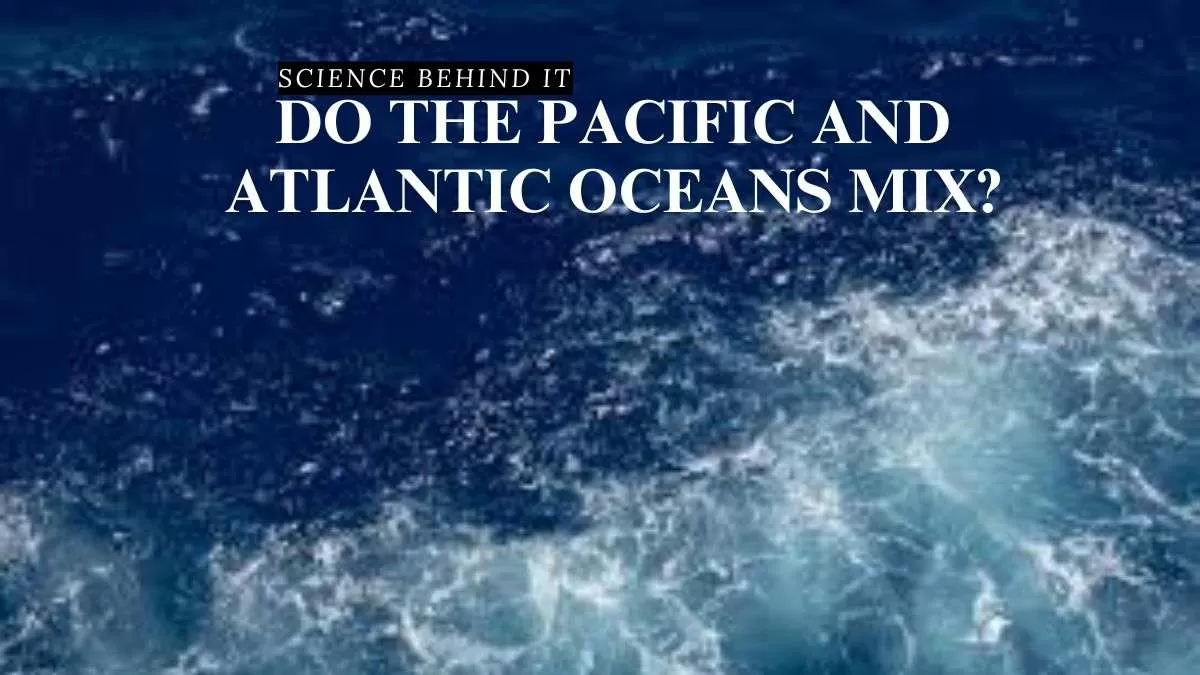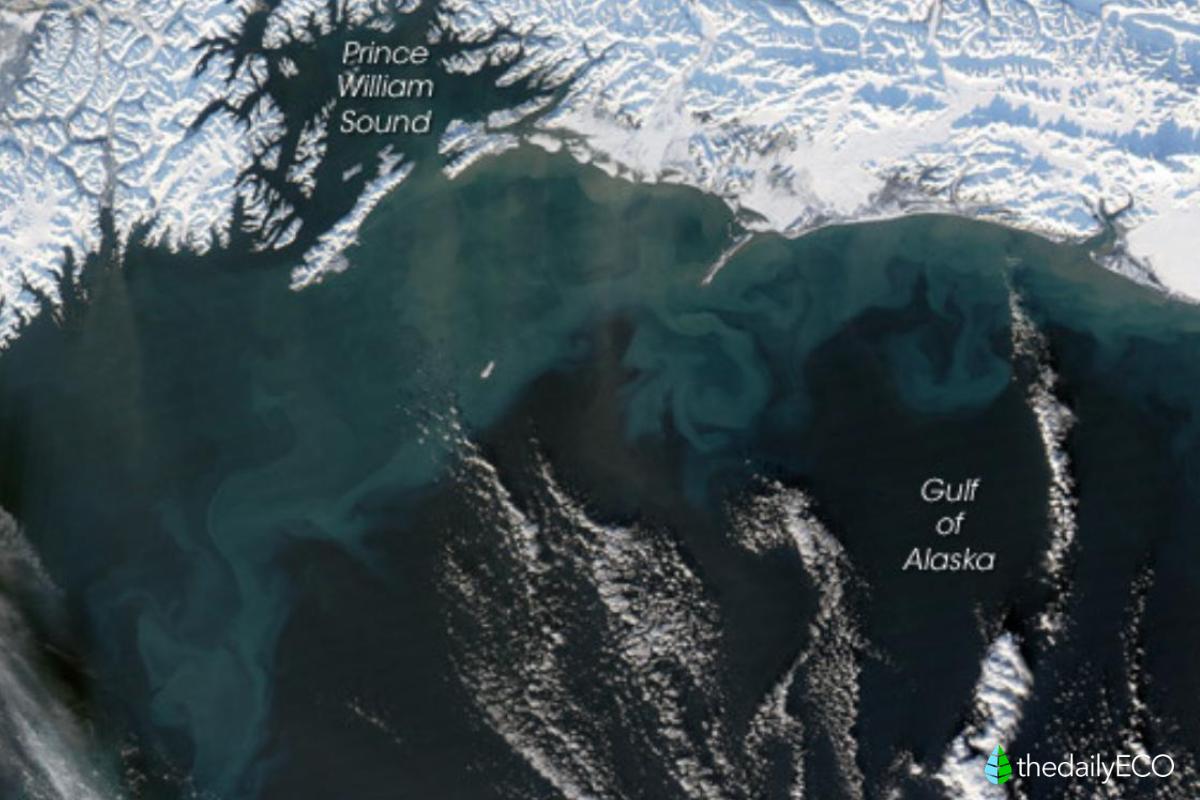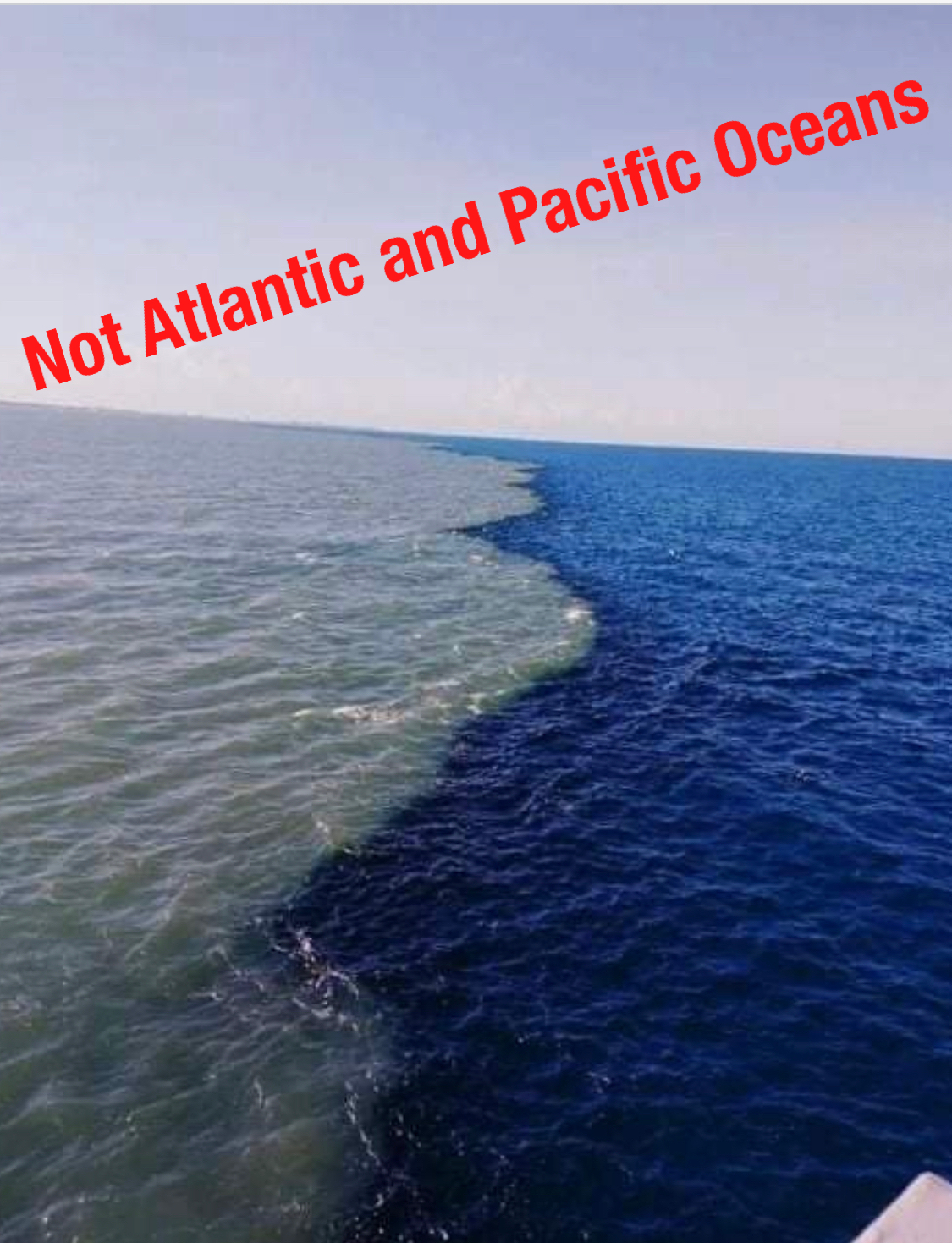Do The Atlantic And Pacific Ocean Mix

Imagine two enormous swimming pools, right next to each other. One's filled with cool, crisp water, maybe even a hint of saltiness. The other? The same, but just a little different. Now, are they sharing drinks or staying strictly separate?
The Big Question: Mixing it Up?
That's the Atlantic and Pacific Oceans in a nutshell! They're the world's biggest watery playgrounds, and they do meet. The big meetup happens around the tip of South America, near Cape Horn, and also near the Arctic.
So, yes, they technically "mix." But it's not quite the swirling, blended smoothie you might be picturing. Think more like two shy dancers politely acknowledging each other on a crowded dance floor.
Why Not a Perfect Blend?
Here's where things get a little interesting. These oceans have different personalities! The Atlantic is saltier than the Pacific. It also tends to be a tad cooler.
These differences create what scientists call haloclines (saltiness differences) and thermoclines (temperature differences). These are like invisible walls, making it harder for the water to fully blend.
Think of it like oil and vinegar in salad dressing. You can shake them up, but they'll eventually separate again. The oceans are just much, MUCH bigger, and their separation is a bit more subtle.
The Clash of the Titans: A Visual Spectacle
At the meeting points, particularly near Cape Horn, you can sometimes witness a stunning visual effect. You might see a distinct line where the two oceans collide. It’s not a perfect wall of separation, but a noticeable change in color and texture.
It’s not always visible, but when conditions are right, it’s a breathtaking reminder of nature's power. Imagine standing there, witnessing the convergence of these colossal forces!
What About the Wildlife?
The “almost mixing” has a fascinating impact on marine life. Some creatures prefer the saltier Atlantic, while others thrive in the Pacific's slightly fresher waters.
This creates unique ecosystems in the areas where the oceans meet. You might find species from both sides mingling, leading to a biodiversity hotspot. It's like a giant ocean potluck!
It's a testament to the adaptability of life in our oceans, showing how even subtle differences in water properties can create distinct and thriving communities.
Ocean Personalities: More Than Just Water
The Atlantic and Pacific are more than just giant bodies of water. They have their own currents, temperatures, and even chemical compositions.
These differences are shaped by weather patterns, landmasses, and a host of other factors. They influence climate, weather, and the distribution of life across the globe. Consider the Gulf Stream, a powerful Atlantic current that significantly warms Europe.
So, while they might not perfectly blend, the Atlantic and Pacific Oceans are constantly interacting and influencing each other in countless ways. They're a dynamic duo, each with its own unique character, contributing to the intricate dance of our planet's ecosystem.
So, They Mix… Sort Of!
In conclusion, do the Atlantic and Pacific Oceans mix? Yes, but not in a way that creates a perfectly homogenous blend. They meet, mingle, and influence each other, but retain their distinct characteristics.
It’s a reminder that even on a grand scale, differences can persist, and boundaries, though sometimes blurred, can still exist. And that's what makes our planet so fascinating!
Think of them as two old friends with different personalities, agreeing to disagree, but still enjoying each other's company, influencing each other in subtle, yet profound ways. It's a relationship that shapes our world.









